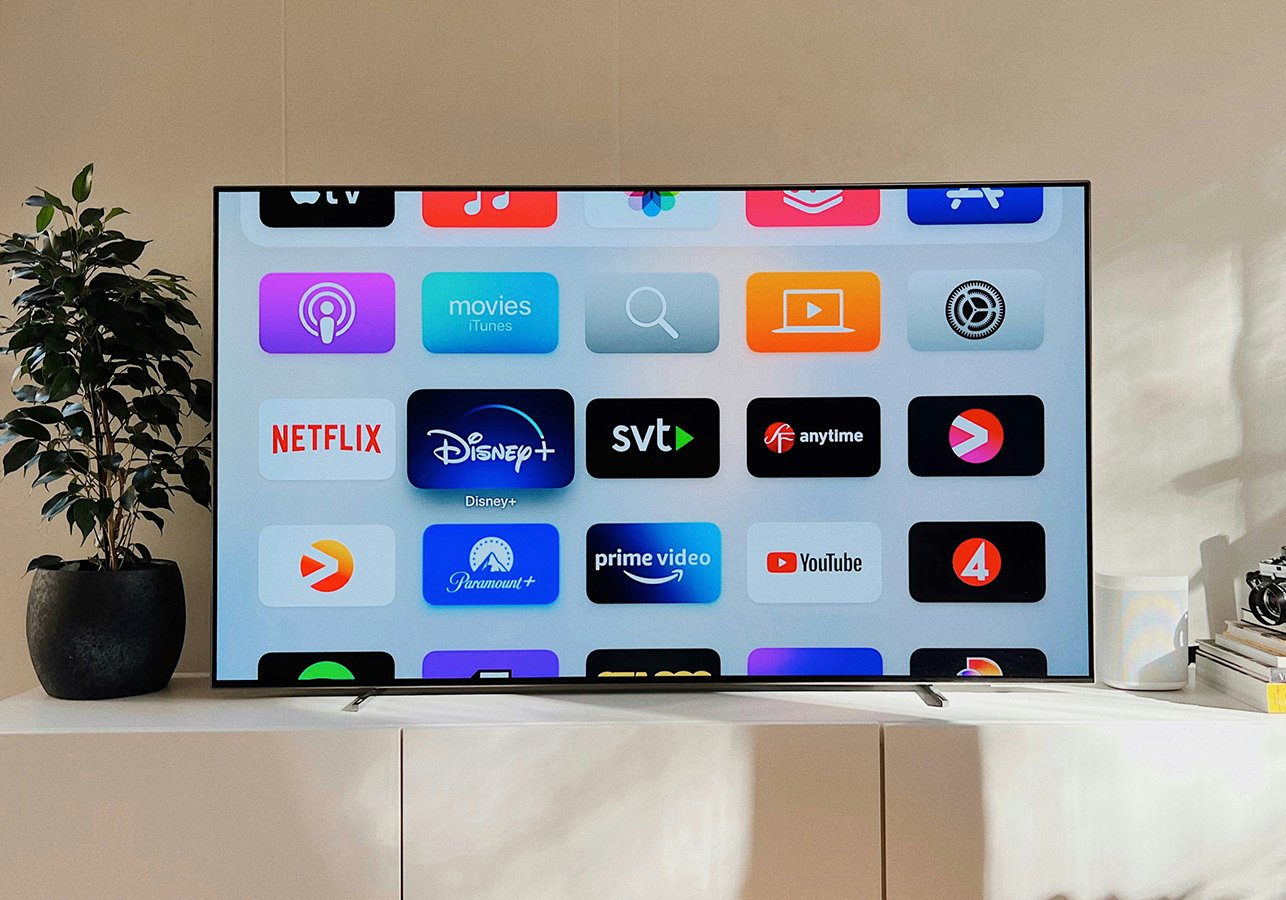FTC’s Creator Rules: What Influencers and Brands Must Know
The FTC’s updated influencer guidelines are officially in play, raising the bar on transparency and consumer protection. Here’s what you need to know.

The line between entertainment and advertisement has never been blurrier in today's digital world. With the rise of influencer marketing, more and more consumers are making purchase decisions based on what they see on their favorite creator’s feed rather than traditional ads. But with that influence comes responsibility, and in 2025, the Federal Trade Commission (FTC) is making it clear that the era of casual, undisclosed brand partnerships is over.
This year’s updated FTC guidelines aren’t just a reminder of past rules — they’re a strong signal to influencers and brands: be transparent, or face the consequences. These rules reflect a growing awareness of how content is consumed in 2025 on TikTok, Instagram, YouTube, Twitch, Stories, Reels, livestreams, and even through AI-generated avatars. If you're part of the influencer marketing world, whether you're behind the camera or managing campaigns, now is the time to fully understand these rules and put them into practice.
Let’s walk through the most important changes, what they mean, and how you can stay compliant while still being authentic online.
The Golden Rule: Disclose Clearly
The foundation of the FTC’s influencer guidelines has always been about disclosure. But what’s changed in 2025 is the level of specificity and enforcement. It's not enough to simply tag a brand or include a hashtag at the end of a post. Disclosures must now be clear, unavoidable, and immediately apparent to your audience, regardless of platform or format.
If you receive anything of value from a brand, whether that’s money, free products, travel accommodations, or even a discount code, and you mention that brand publicly, you must disclose that relationship. That includes situations where a brand sends you a product "just to try," with no requirement to post. If you do post, that counts as an endorsement, and the FTC wants your audience to know that you didn’t buy it yourself.
AI and Virtual Influencers Are No Longer Exempt
The most forward-thinking aspect of the 2025 updates is their application to AI-generated content. As more creators adopt virtual influencers, avatars, and synthetic voices, the FTC has taken a firm stance: these personas must follow the same rules as humans.
Suppose you're using an AI avatar to promote a product, or if an AI-generated personality voices your content, you must disclose both the sponsorship and the fact that AI was involved in creating the endorsement. The idea is simple: audiences have a right to know when they’re watching something that was generated (and paid for) artificially.
In a world where deepfakes, voice clones, and fully synthetic influencers are gaining popularity, this rule helps preserve a baseline of trust between creators and their followers.
Shared Responsibility: Brands Can’t Hide Behind Influencers
Brands often tried to pass the buck to influencers in years past when something went wrong. The influencer took the heat if a disclosure was missed or a misleading claim was made. But in 2025, the FTC has made it clear: brands and agencies are just as responsible as the influencers they work with.
What does this mean for brands?
It means you must build compliance into your influencer marketing workflow from the beginning. This includes:
- Educating influencers on what constitutes a proper disclosure.
- Reviewing content before it goes live.
- Monitoring posts to ensure continued compliance.
If a mistake is made, it’s the brand's job to take immediate corrective action, whether by having the influencer update a caption, issue a clarification, or remove the content entirely. Brands that fail to show due diligence can now be held liable, even if they weren’t directly involved in the content creation.
Special Protections for Younger Audiences
With platforms like YouTube Kids, TikTok, and even Roblox becoming central to children’s media consumption, the FTC has placed a special emphasis on content aimed at younger audiences. If your content is directed at kids or kids are a significant part of your audience, you must take extra steps to ensure disclosures are evident and understandable.
That means ditching subtle product placements and unboxing videos that blur the line between content and ad. For kids, the FTC recommends verbal disclosures paired with strong visual cues, such as banners that say “This is an ad” or “Sponsored content” that remain on screen for the entire promotion duration.
The message is simple: children shouldn’t have to guess whether what they’re watching is an ad. And creators and brands must be extra cautious when marketing to this vulnerable demographic.
Reviews, Testimonials, and Affiliate Links: Keep It Honest
Finally, the FTC has tightened its rules around testimonials and affiliate marketing. Influencers are now explicitly prohibited from:
- Making claims about products they haven’t tried.
- Promoting results they didn’t personally experience, or deleting or hiding negative feedback in favor of glowing reviews.
When it comes to affiliate links, whether you’re linking to Amazon, LTK, or your favorite skincare site, creators need to disclose that they’re earning a commission. A simple “I may earn a small commission if you purchase through this link” is enough, as long as it’s visible and apparent.
The Bottom Line: Transparency Builds Trust
At the heart of the 2025 FTC guidelines is a simple, enduring principle: don’t deceive your audience.
Transparency isn’t just a legal requirement; it’s the cornerstone of effective influencer marketing. Consumers today are savvier than ever. They understand that creators partner with brands, and most are okay with it, as long as they know what’s happening.
The most successful influencers and brands in 2025 are the ones who lead with honesty, who build campaigns around trust, and who treat disclosure not as a legal hoop to jump through, but as a natural part of the creator-viewer relationship.
So, take these rules seriously, whether you're a solo creator just starting out or a global brand running massive influencer campaigns. Educate your team. Collaborate intentionally. And when in doubt, disclose.




